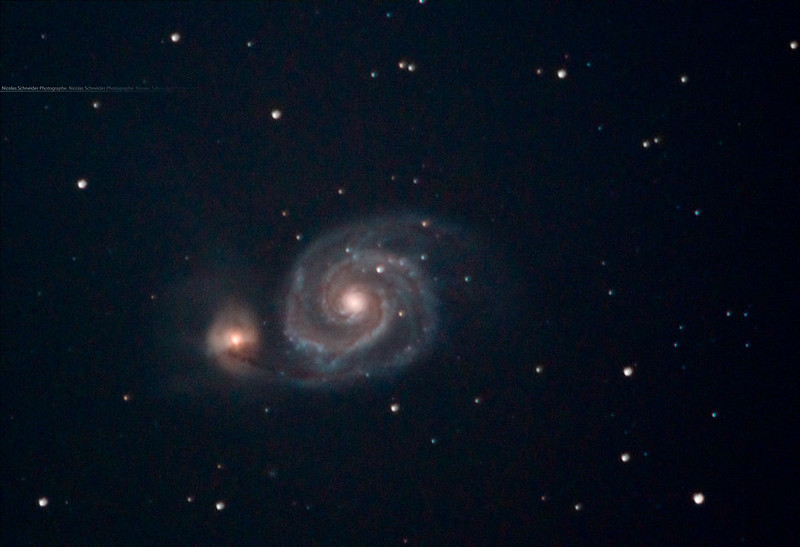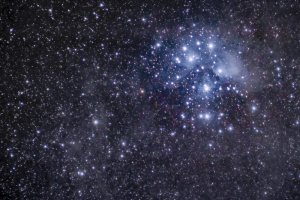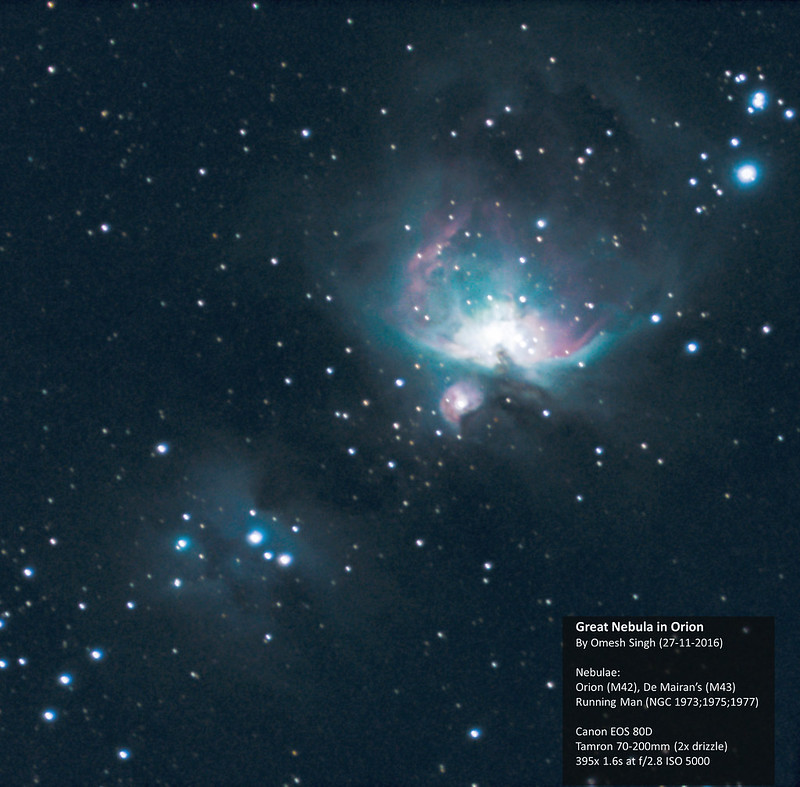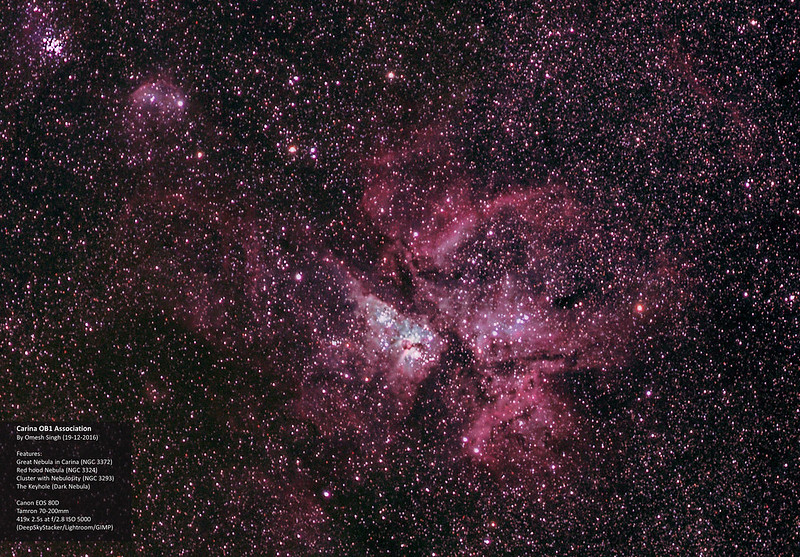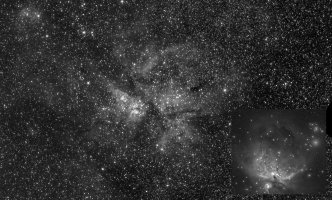Drizzle doesn't really scale the data up before stacking. Drizzle is a means by which you actually gain true resolution due to the way the information from all the subs is combined, assuming the data was undersampled and also properly dithered (dithering is critical for drizzling to work). It is a form of superresolution, which can potentially allow you to resolve information beyond the diffraction limit of the lens, and certainly beyond the limit of seeing.
The actual algorithm's mechanism is actually somewhat complex, so I won't go into it here. Suffice it to say, if you are undersampled (which is usually the case with the average DSLR pixel size and camera lenses or short refractors), you can get much cleaner data, rounder stars, smaller stars, and more detail if you drizzle. Also note that this is not only an option in DSS. It is an algorithm originally designed by for scientific purposes, and has been utilized by the Hubble team to increase resolution with some of the imager data from the Hubble telescope (although they tend to be significantly more precise in their dithering, down to the exact pixel level.)

